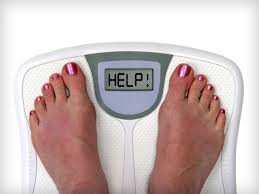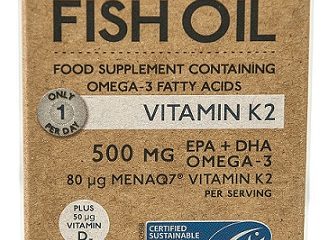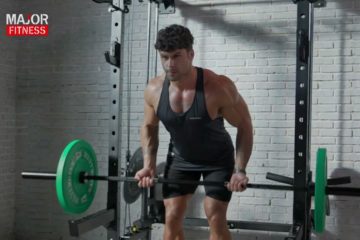 So, you had the best of intentions and invested in a green juice and smoothie maker; a pair of fab running shoes and of course, stocked your kitchen with loads of healthy, lo carb options. But a month on from committing to a weight reduction plan (a diet, let’s not mess about here) the only pounds you’ve lost are the ones you spent on the shopping channel!
So, you had the best of intentions and invested in a green juice and smoothie maker; a pair of fab running shoes and of course, stocked your kitchen with loads of healthy, lo carb options. But a month on from committing to a weight reduction plan (a diet, let’s not mess about here) the only pounds you’ve lost are the ones you spent on the shopping channel!
Here are the five reasons your diet isn’t working, according fitness pro James Staring.
You’re dieting – but the weight just isn’t shifting. What’s wrong? What should you do next?
1. Do you drink enough water?
According to Keri Peterson, M.D., a physician at Lenox Hill Hospital in New York City, people often mistake thirst for hunger. Overeating can potentially be staved off by drinking water to address that initial craving.
The next time you crave a snack between meals, try having a glass of water first[i]. If you still feel hungry after 30 minutes, dive into something nutritious.
2. Do you control your portions consistently?
Conscious portion control is crucial to weight loss – this means for all required macronutrients (protein, carbohydrates and good fats like olive oil and avocado), not eliminating staple items as per the latest craze.
Precision Nutrition offers a great portion-control guide click here (http://fittolast.co.uk/portioncontrolguide/) to download it for free. Using your hands as a guide is a simple way to determine how much of each macronutrient (protein, healthy fats and carbohydrate) you should be consuming at each meal.
3. Do you know how much of each macronutrient (protein, fats and carbohydrates) to consume at each meal?
This depends on your body type, activity level and goals. It’s important for weight loss because if you are missing out on important nutrients or not timing your eating correctly, you will not be in the best position for the body transformation you want.
Here are some general guidelines:
I. Consistency at every feeding: each time you eat (main meal or snack), ensure you have protein, good fats (e.g. avocado, nuts) and fruit/veg (as per the portion control guide above).
II. Nutrient timing: have your carbohydrates within 1– 1.5 hours of training. According to Dr. John Berardi of Precision Nutrition, your body is most capable of absorbing (rather than storing) carbohydrates within 90 minutes of training.
III. Listen to your body: daily energy levels are a great way to gauge your blood sugar levels. For the next seven days when you finish each meal, set your alarm for two hours. When it goes off, ask yourself how you feel. If your energy levels are dropping and peaking throughout the day, then your blood sugar level is peaking and troughing; you need to examine what you are eating to make sure your energy levels (and blood sugar) are consistent.
4. Do you diet only, or do you diet and exercise?
The scale is often viewed as the great oracle of progress in the battle of the bulge. However, this fails to address body fat loss.
When you diet only you potentially sacrifice muscle mass and this works against you because the more lean muscle mass you have the more effective your body will be at metabolising fat.
If you follow a regular exercise routine you will retain and increase your lean muscle mass, which makes you more metabolically active, and you will burn more calories – even when you aren’t exercising. This is a sustainable approach to losing weight and keeping it off.
NB: if you want a reliable gauge of your own progress, look at how your clothing fits.
5. Do you take Omega 3 (fish oil, or algae if you are vegetarian)?
While water may not be the magic elixir to weight loss, omega 3 comes pretty close. This is because omega 3 keeps your cells ‘fluid’[ii] – making them sensitive to insulin. This means that the cell wall is more likely to release fat for disposal rather than store it in the cellular tissue.
By following these rules your weight loss plan will be much more successful – and sustainable over the long term.
About James
James Staring is a certified fitness professional with Fit to Last particular experience training endurance runners, triathletes, low back pain sufferers and weekend warriors of all ability levels.
James focusses on building the best version of you and inspiring you to new levels of fitness – regardless of your current ability or age. In particular James specialises in exercise after injury and helping those who are, perhaps, feeling a little less mobile than they used to.
Web: www.fittolast.co.uk
Twitter: @fittolast
Facebook: www.facebook.com/fittolast













